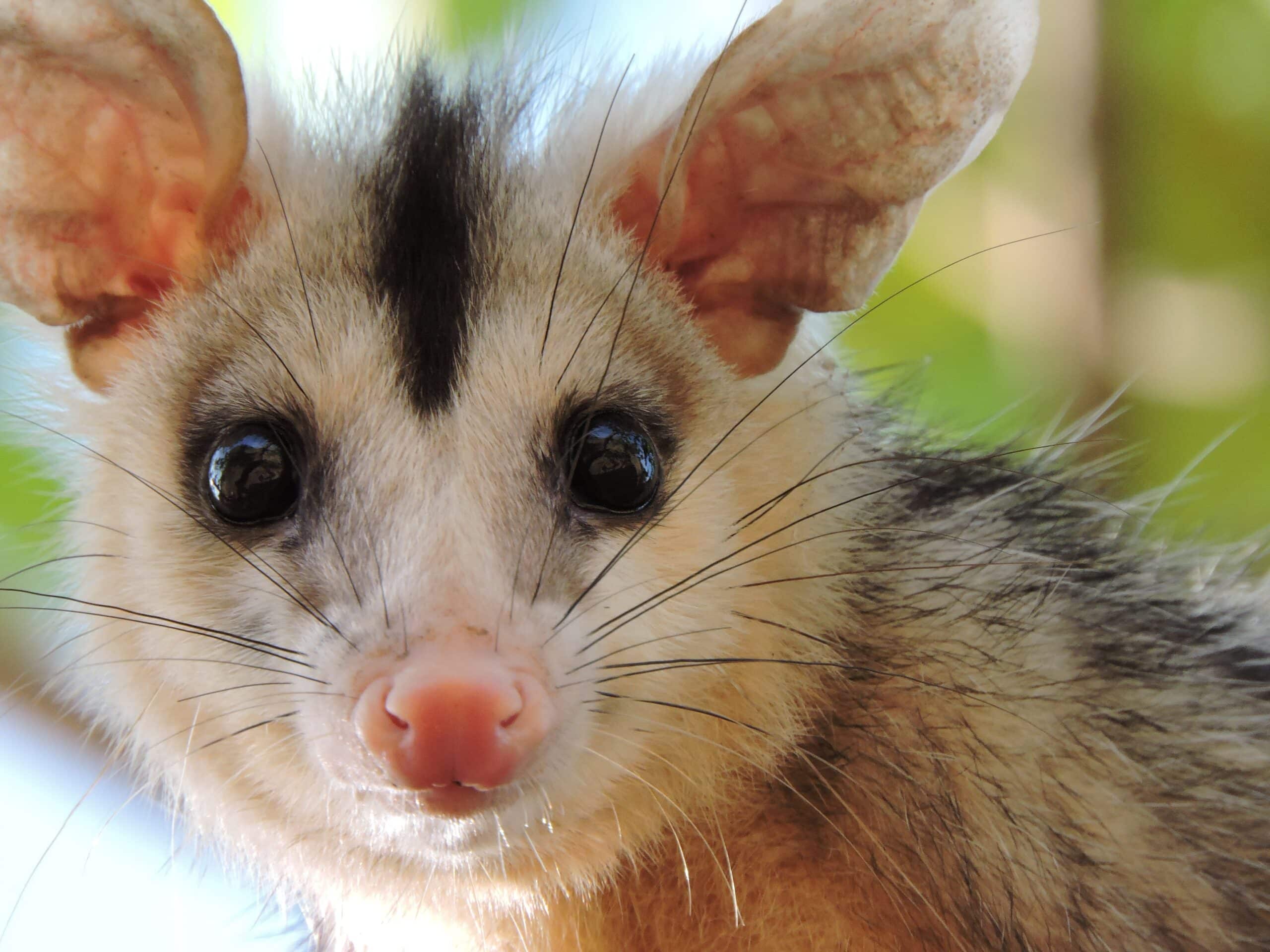
Ever wondered what mysterious creatures inhabit the forests of Madagascar? Look no further than lemurs! These curious primates are full of surprises, so let’s take a closer look at why they truly stand out in the animal kingdom.
Introduction to Lemurs
Lemurs are a type of primate found only on the island of Madagascar that can be traced back to 55 million years ago. They have evolved into the wide variety of species found today, many of which have very distinct characteristics and adaptations that make them some of the fascinating creatures in the animal kingdom.
This guide will explore these primates’ unique characteristics, behavior, and habitats. We’ll also look at how humans interact with lemurs, both positively and negatively, in our efforts to protect these iconic species from extinction. By understanding lemurs, we can help work towards protecting them for future generations to enjoy.
Lemur Species and Characteristics
Lemurs are the most diverse primate family, ranging in size from the tiny Madame Berthe’s mouse lemur to the larger indri and sifakas. This distinction reflects the wide range of ecosystems that Lemurs inhabit – from tropical to temperate forests. They come in various colors, from white-spotted black fur to striking red or yellow coats. Depending on their species and environment, Lemurs exhibit various behavioral characteristics that can be used to characterize them.
Most Lemurs are prosimians or primitive primates, whose ancestors diverged off the evolutionary path much earlier than other primates. Thus, they tend to be solitary animals, with some species living in small groups. In contrast, others live alone but interact with other Lemurs within their vicinity through vocalizations and smell messages called olfactory communication.
Other special traits common among Lemur species include:
- Nocturnal activity or activity during twilight hours.
- Arboreal leaping abilities.
- A grooming claw that is used for combing and lice-picking.
- An adhesive pad on their hands and feet aids them in climbing trees.
- Reliable color vision.
- A specialized dental anatomy that is distinct among all primates.
- Unusual patterns of vocal communication, including scented marking behavior where scent rubbings are placed around the habitat as a form of communication between individuals.
- An impressive repertoire of complex social behaviors that vary according to species.
Lemur Habitats and Distribution
Lemurs can be found only on Madagascar and a few surrounding islands, such as the French-governed Comoros Archipelago. On Madagascar, lemur habitats range from tropical rainforest to dry deciduous forest and spiny bush desert. The habitat type varies by species; for example, ring-tailed lemurs prefer lighter forests with dense growth, while indri lemurs occupy mature evergreen rainforests.
Due to habitat destruction, hunting, and competition with humans, the vast majority of lemur species are currently classified as “Vulnerable,” “Endangered,” or “Critically Endangered” according to IUCN red list criteria. The remaining species are considered endangered, and several will face extinction within the next decade unless urgent conservation efforts are taken. This makes it crucial that we understand where these animals live to implement conservation measures that protect their habitats at sites of high priority for survival.
Threats to Lemur Survival
Lemurs face a host of threats to their survival. Habitat loss due to deforestation, agricultural expansion, and charcoal harvesting is one of the most significant; indeed, as much as 95 percent of Madagascar’s original forests have been destroyed. Hunting is also a major cause for concern, with local people increasingly relying on lemurs for subsistence and income. Some species are even being kept in captivity for the pet trade.
The introduction of invasive species is another looming threat. Cats, rats, and monitor lizards prey on young lemurs, while the mongoose eats the eggs of ground-dwelling species like the gentle lemur. Rising temperatures due to climate change also drive some species closer to extinction by forcing them out of their preferred habitats. Finally, epidemics such as rinderpest have decimated several lemur populations over the last century.
Solutions such as conservation corridors between protected areas can help reduce habitat fragmentation by allowing more space for lemurs to travel safely between habitats and find suitable food sources – essential for long-term survival – but more effort must be devoted to protecting these endangered primates if we are to ensure their future on planet Earth.
Conservation Efforts to Protect Lemurs
Lemurs are critically endangered, making up 99% of the world’s most endangered mammals. Over recent decades, human activities have led to deforestation, hunting, and an overall decline in lemur populations. Fortunately, several organizations are devoted to conserving and protecting these remarkable creatures.
In 2003 the International Union for Conservation of Nature (IUCN) listed 60 lemur species as Critically Endangered on their Red List of Threatened Species list. Conservation efforts such as habitat protection, captive breeding, and reforestation have made some progress in preserving lemurs’ habitats from destruction by human industry or livestock overgrazing.
The Lemur Conservation Foundation (LCF) has been working since 1995 to develop species-specific conservation strategies and implement measures to protect the wild populations of lemurs. As part of this effort, they have established a network of several dozen different field sites throughout Madagascar, where they regularly monitor the health and behavior of threatened species. In addition to providing research and biological data on lemurs, LCF works with local communities to reduce threats to their natural habitat through education, alternative livelihood projects, and rewards programs that encourage people not to hunt or clear forests around these sites.
The Durrell Wildlife Conservation Trust is another organization devoted exclusively to studying lemur behavior and preserving these primates in their declining habitats across Madagascar. Over the last two decades, Durrell has gained immense success in various conservation strategies, including:
- Establishing certain protected areas on the island, including managed breeding programs for certain rare species, including black-and-white ruffed lemurs (Varecia variegata).
- Investing in law enforcement efforts.
- Develop public education campaigns encouraging locals not to participate in bushmeat hunting or illegal logging practices.
- Reducing impacts from agricultural disturbance.
- Carrying out reptile surveys periodically.
- Controlling populations of feral cats is believed to be one component leading to increased mortality rates for certain primate families.
- Research stress levels experienced by any particular habituated family throughout its yearly cycle.
- Introducing new technologies such as sustainability management policies on exploitation remains unaltered, ensuring that population growth remains unchecked through unspecified resource utilization patterns, etcetera.
Lemur Behavior and Social Structure
Lemurs are highly social creatures that live in groups ranging from two to over 30 members. Depending on the lemur species, social groups can be composed of both males and females, just females, who are young, or even just males. The structure and behavior of each social group vary depending on the species’ characteristics, such as diet and environment. For example, some lemur species play an aggressive dominance game where one male controls most females in his group, known as harem formation.
Other lemur species have more peaceful behaviors in their social groups—they may form alliances by grooming one another to reduce tension between members or share resources evenly amongst all group members.
No matter the specific behavior patterns within a social group—all lemurs communicate through vocalizations, including calls, trills, roars, squeaks, whistles, and chirps. Visual displays such as facial expressions or postures are also important ways for lemurs to communicate with each other for identification purposes or to defend territory—regular scent-marking helps create territorial boundaries between various lemur troops.
Understanding how various primate species behave leaves us with insight into the neighboring ecosystems: being able to observe these unique endangered primates allows scientists to gain insight into what it means for an animal society’s overall adaptation and survival—and ultimately provides us with knowledge about how we as humans can help protect their populations before extinction occurs.
Lemur Interactions with Humans
For centuries, humans and lemurs have interacted with one another, although not always in a beneficial way. The destruction of their natural habitats has caused the population of lemurs to decline dramatically over the past decade. It is estimated that most of the remaining species will be extinct within 25 years if current deforestation and poaching rates are not diminished.
In areas where humans and lemurs come into contact, they often raid farms and gardens for food. This has sometimes led to aggressive interactions between people and animals as people try to protect their property. As a result, poachers have hunted these animals for meat or exterior parts such as skin that can be sold in black markets. In addition to these more direct interactions with humans, many lemur species have been followed by observers studying them to understand their social dynamics and behaviors better.
Lemurs are also becoming popular pets for those who can afford them; however, much controversy is linked to this practice, as having a pet is not the same as good conservation efforts or successful reintroduction programs. While this bond with humans can build awareness about the plight of these primates among those who keep them as pets, it could easily become an expensive, limited guide instead of building more support towards active Le our conservation initiatives in their natural habitats.
Exploring the Fascinating World of Lemurs
Lemurs are one of the most unique and captivating creatures on Earth. From the order Primates, these primates are native to Madagascar and are widely recognized as some of the most ancient primates on the planet. Many species are threatened with extinction due to habitat loss, degradation, and heavy deforestation.
Their unique traits have earned lemurs an endangered status in many parts of the world, but fortunately, successful conservation projects are actively protecting them. One such project is The Duke Lemur Center in Durham North C, Carolina, where research and conservation efforts strive to protect Lemur Lemurs and populations in both wild and captivity.
With a wide range of fascinating characteristics, quirks, behaviors, physiology, and intelligence, lemurs are ideal ambassadors for wildlife awareness, continuously studied by scientists worldwide. They possess some compelling qualities, such as their heightened perseverance when discovering food sources or solving puzzles like problem-solving issues that further fuel scientific interest to better understand their behavior and natural traits.
The characteristic traits of nocturnal (sleeping during daylight) plus their inquisitive nature also makes them highly active during twilight, providing a perfect opportunity for visitors to enjoy bright stars underneath a canvas painted with trees illuminated by fireflies creating awe-inspiring moments while they eyewitness an unforgettable experience, especially at night time just before they retire into sleep. Although Lemur’s unique look may be off-putting to viewers internationally due to its furry appearance, it is worth noting that regardless of how we perceive them externally within their eco-system, they exhibigreatry social vibes among each other that communicates empathy, thus stimulating love more than hate among other conserved animal species throughout Madagascar.





